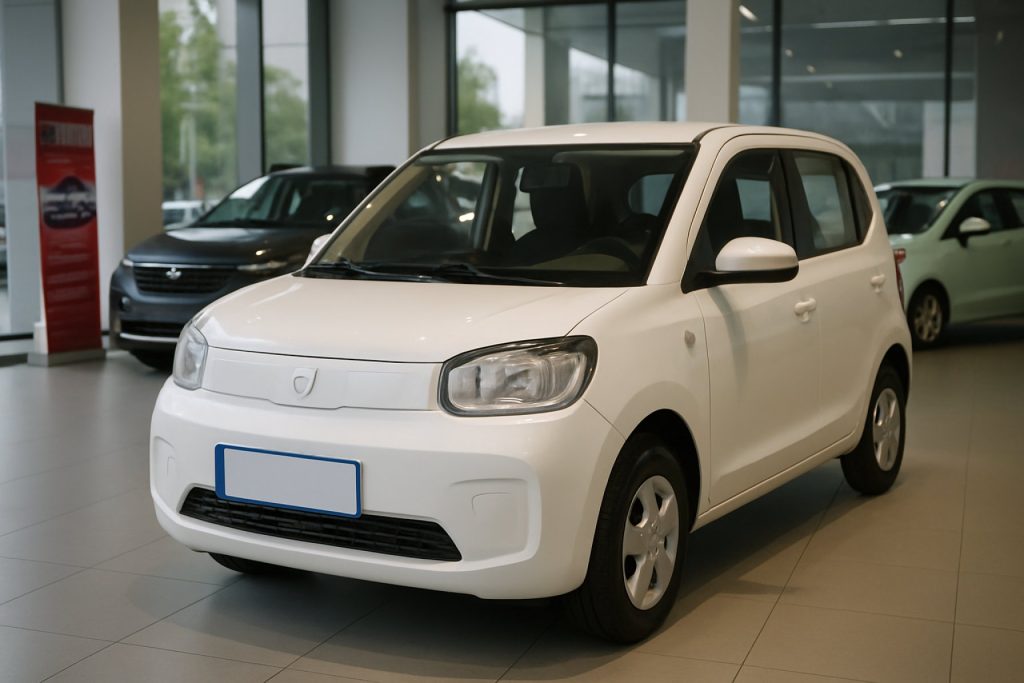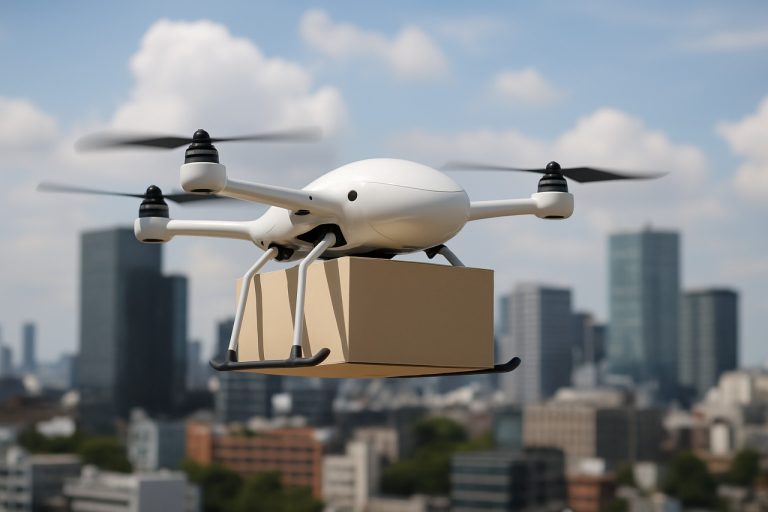
The Budget EV Revolution: How China’s Fierce Price War Is Reshaping the Future of Affordable Electric Cars
China’s budget EV market is exploding, with prices falling and competition surging as innovative models woo cost-conscious buyers.
- 12+ new intelligent EVs under US$21,000 launched in 2025
- 7 million cars sold in the 100,000–150,000 yuan range last year
- Up to 20,000 yuan in government subsidies per budget EV
- One-third of all car sales in China now come from this price segment
China’s electric vehicle market has entered a new era—one defined by a cutthroat price war and dazzling innovation in the budget EV segment. In 2025, everyone from first-time car buyers to savvy upgraders is eyeing smart, affordable choices that pack premium features at rock-bottom prices. With over a dozen intelligent EVs launching under 150,000 yuan (about US$21,000), consumers are reaping the benefits in real time.
Brands like BYD, Leapmotor, and Xpeng are flooding the market with sleek, high-performing models—often at less than half the cost of a Tesla Model 3. And thanks to generous subsidies—up to 20,000 yuan per vehicle—the race to the bottom shows no sign of slowing.
Why Are Chinese Consumers Flocking to Budget EVs?
Shoppers in China want smarter ways to spend, particularly as economic concerns encourage value-driven purchases across the board. Carmakers are responding with vehicles that blend quality, intelligence, and affordability—meaning buyers don’t have to compromise.
Industry experts report a significant “consumption downgrade,” with even the most discerning buyers avoiding high-priced models. Last year alone, affordable vehicles in the highly competitive 100,000 to 150,000 yuan bracket accounted for roughly one-third of all car sales—an astonishing 7 million units.
Which Models Are Winning the EV Price War?
Flagship models like the Xpeng Mona M03 turn heads for blending advanced tech, safety features, and stylish design—all starting at just 119,800 yuan. These vehicles are directly challenging premium imports: the Mona M03 has drawn thousands away from the pricier Tesla Model 3, which starts at over 235,000 yuan.
Leading automakers continue to innovate at incredible speed—rolling out advanced driver assistance systems, extended-range batteries, and futuristic interiors. The result? More choices and better features for less.
How Can Buyers Maximize Savings on New EVs?
If you’re shopping for an electric car in China, 2025 is the year to strike. Here’s how to make the most of your money:
- Take advantage of government subsidies worth up to 20,000 yuan when purchasing select models.
- Compare cross-brand offerings—new launches and established brands compete fiercely on both price and features.
- Research reliability and after-sales service; China’s top budget EV makers are rapidly expanding networks and support.
For more EV insights, visit Tesla and China Passenger Car Association.
What’s Next: Will China’s Budget EV Boom Go Global?
Industry analysts predict that China’s low-cost EV playbook will soon disrupt overseas markets. As Western and Asian automakers scramble to catch up, experts say global buyers should expect to see similarly affordable, tech-savvy models by 2026.
Ready to join the budget EV revolution? Don’t miss out on these deals—use our actionable checklist to drive smarter in 2025!
- Research subsidies and incentives for your province
- Test drive new models from BYD, Xpeng, and Leapmotor
- Compare battery life, tech features, and after-sales service
- Stay updated on the latest launches and discounts
- Secure your spot—demand is soaring in 2025!



